STUDY QUESTION
Is there any relationship between the number of oocytes retrieved and cumulative live birth rates (CLBRs) in women of advanced age?
SUMMARY ANSWER
CLBRs increase with the number of oocytes retrieved in women of advanced reproductive age up to 41 years old, the added value is minimal in women more than 41 years and futile in women 44 years or older.
WHAT IS KNOWN ALREADY
CLBR is actually the most relevant outcome of IVF from patients' perspective. There are several studies that have analysed CLBR’s but some of them have included several stimulation cycles, others have not included the frozen embryo transfers (FETs) in their analysis and none has focused on women of advanced reproductive age. We aimed to assess CLBR in women ≥38 years after a single stimulation cycle plus the subsequent frozen embryo transfers.
STUDY DESIGN, SIZE, DURATION
This is a retrospective analysis carried out in a University-affiliated tertiary centre between January 2000 and December 2013. Overall, 4570 infertile women aged ≥38 years who underwent their first cycle in our centre were included.
PARTICIPANT/MATERIALS, SETTING, METHODS
Patients were categorized in four age-groups: 38−39 years (G1 = 1875 cycles), 40−41 years (G2 = 1380 cycles), 42−43 years (G3 = 833 cycles) and ≥44 years (G4 = 482 cycles). CLBR’s were evaluated by adding the pregnancies and live births achieved in the FET’s to the ones obtained in the fresh cycle. In order to find out the actual effect of the number of oocytes retrieved in these patients, a predictive model of CLBR according to age and oocyte yield was built.
MAIN RESULTS AND THE ROLE OF CHANCE
CLBRs significantly decrease with increasing age among women ≥38 years of age, with the most prominent and clinically relevant decline observed at 42−43 years old, and clear evidence for futility in women aged ≥44 years (25.9% at 38−39 years, 16.4% at 40−41 years, 7% at 42−43 years and 1.2% from 44 years onwards). The higher the number of oocytes retrieved, the higher the CLBR; however, this is more evident up to 41 years old and no clear benefit is observed from 44 years and beyond.
LIMITATIONS, REASONS FOR CAUTION
Limitations are related to the retrospective nature of the study; however, no significant differences were observed in the treatment protocols used. Other potential limitations could be the fact that embryo cryopreservation was carried out with slow freezing in 80% of cases and that a small proportion of patients still have frozen embryos; nevertheless, we do not expect a relevant impact of these issues as slow freezing showed excellent results that did not differ significantly compared to vitrification and, on the other hand, the extra benefit coming from the FETs was very limited.
WIDER IMPLICATIONS OF THE FINDINGS
The number of oocytes retrieved is significantly associated with CLBR also in women of advanced reproductive age. However, the added benefit appears to be restricted mainly in women up to 41 years old. Women over 43 do not experience any benefit in CLBR irrespective of the number of oocytes retrieved, and thus should be discouraged from doing an IVF cycle with their own oocytes; for the other age-groups, recommendations should be given considering the age and the expected ovarian response.
Marta Devesa Rosa Tur Ignacio Rodríguez Buenaventura Coroleu Francisca Martínez Nikolaos P Polyzos
Human Reproduction, Volume 33, Issue 11, 1 November 2018, Pages 2010−2017



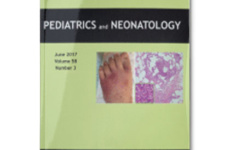
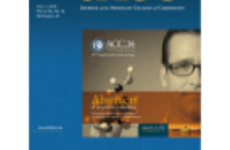
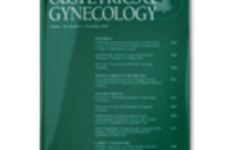
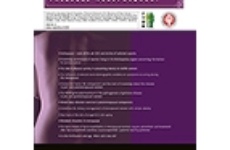
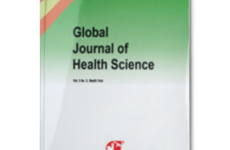

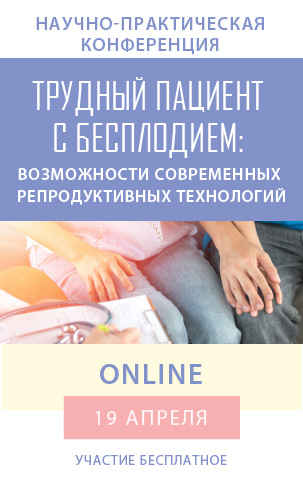
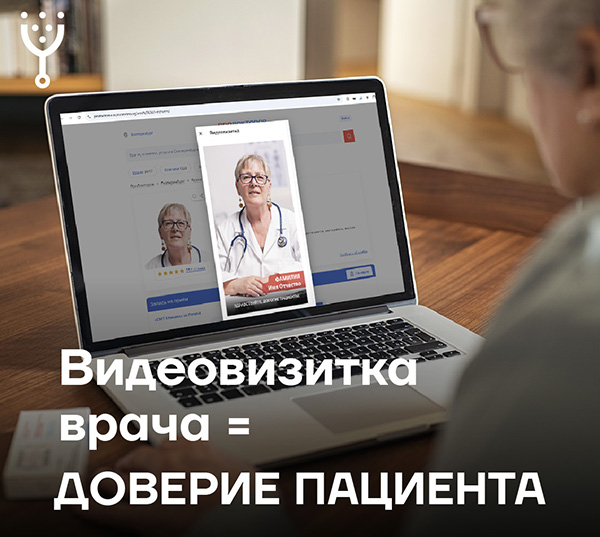


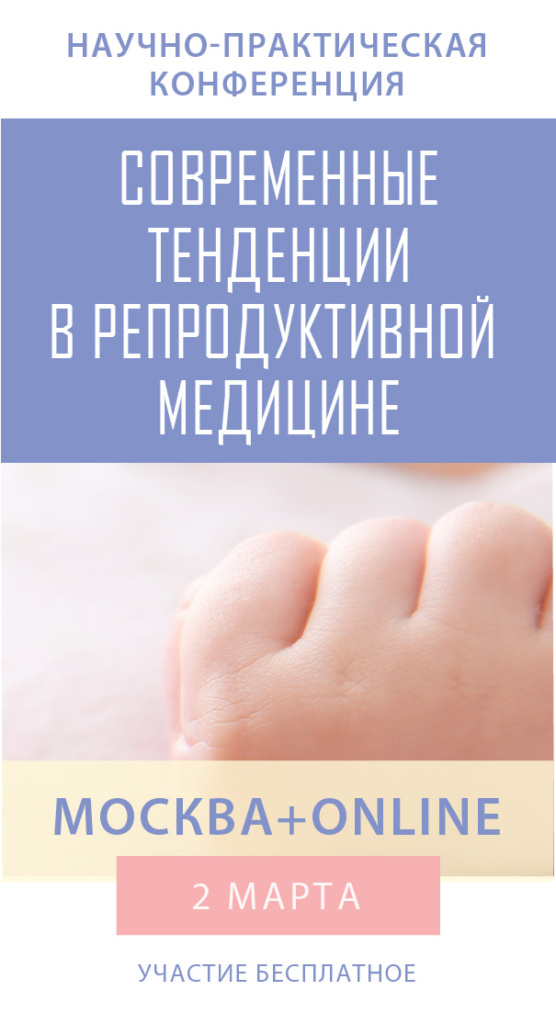


 Информация, представленная на сайте, предназначена для специалистов здравоохранения и не должна использоваться для самостоятельной диагностики и лечения.
Информация, представленная на сайте, предназначена для специалистов здравоохранения и не должна использоваться для самостоятельной диагностики и лечения.